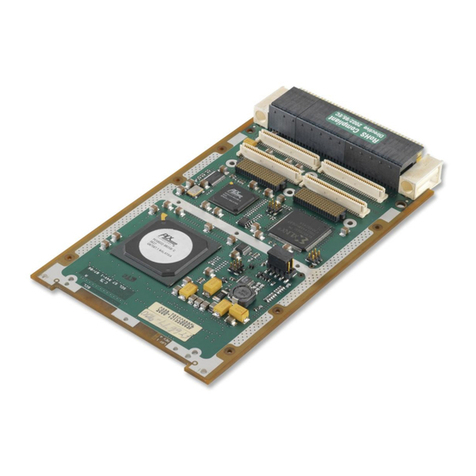
UM031 FMC168/4/2 r1.7
UM031 www.abaco.com page 3 of 28
Table of Contents
1Acronyms and related documents............................................................................. 5
1.1 Acronyms................................................................................................................ 5
1.2 Related Documents................................................................................................. 5
2General description..................................................................................................... 6
3Installation ................................................................................................................... 7
3.1 Requirements and handling instructions.................................................................. 7
4Design .......................................................................................................................... 7
4.1 Physical specifications ............................................................................................ 7
4.1.1 Board Dimensions............................................................................................ 7
4.1.2 Front panel....................................................................................................... 7
4.2 Electrical specifications........................................................................................... 9
4.2.1 QDR LVDS mode............................................................................................. 9
4.2.2 DDR LVDS mode............................................................................................. 9
4.2.3 EEPROM ......................................................................................................... 9
4.2.4 Stacked FMC ................................................................................................... 9
4.2.5 JTAG...............................................................................................................10
4.3 Main characteristics................................................................................................10
4.4 Analog input channels............................................................................................11
4.4.1 AC coupling.....................................................................................................11
4.4.2 DC coupling ....................................................................................................11
4.5 External clock input................................................................................................12
4.6 External clock output..............................................................................................12
4.7 External trigger/sync input......................................................................................12
4.8 Clock tree...............................................................................................................12
4.8.1 Architecture.....................................................................................................12
4.8.2 PLL design......................................................................................................14
4.9 Power supply..........................................................................................................14
5Controlling the FMC168/4/2........................................................................................14
5.1 CPLD .....................................................................................................................15
5.2 Onboard monitoring................................................................................................16
6Environment................................................................................................................16
6.1 Temperature ..........................................................................................................16
6.2 Monitoring..............................................................................................................16
6.3 Cooling...................................................................................................................16
6.3.1 Convection cooling..........................................................................................17
6.3.2 Conduction cooling..........................................................................................17
7Safety...........................................................................................................................17
8EMC .............................................................................................................................17
9Ordering information..................................................................................................17
10 Warranty......................................................................................................................17
Appendix A FMC168/4/2 connector pin-out – QDR mode............................................19




























